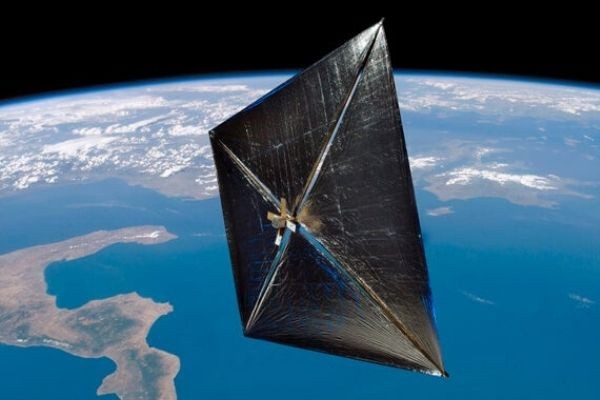
Quite recently, the launch of CHEOPS was no different than any spacecraft, notably was the use of propellant to adjust the position in orbit. But, there is a catch with this type of vehicular propulsion: the chemical fuel needs space for storage. Also, these crafts cannot carry too much just yet. From the point of release at the main booster, it has to ration the fuel when needed. When the fuel runs out, then it is at the mercy of its kinetic motion.
Scientists have taken inspiration from the galleon, the oldest ships that plied the sea lanes in the age of discovery. These galleons used sails to move the ship as it gathers wind. Without the sails of old, these galleons will not have been successful in their history as sea-borne craft. Now, the same inspiration will drive spacecraft soon. It is so apt that as man once again ventures out into the unknown beyond, the use of light sails or laser-powered sails will be used.
Why are these light sails such an interesting option? One answer might be that these forms of space propulsions will not require the spacecraft to carry its supply of propellant. Instead, it will use lasers as an external method to direct them, remotely or otherwise. Before this, using solar power was one of the options, but sources of nearby sunlight are important.
These light sails work by directing a high energy laser to create pressure on the sails to move forward, using two laser beams, not just one. Each sail on the left or right side will move, depending on the where the laser units are focused on. This is similar to the concept of sailing in the wind except, it uses lasers as a substitute as its wind. By pointing the laser onto the right sail, it moves left and the same goes when it hits the left sail. When the beams are focused on the center of both right and left sail, it will stay on an even keel. In principle, where the laser hits that causes the craft to go right or left, forward is where the most pressure is.
So far, the proposed system has passed testing, using a small centimeter laser of sail material. This grating is a micron and composed of a liquid crystalline structure in a nematic form. For its support, the material is on a 100-micron film polymer. To similar the way a sail would function, the axis of the crystalline material is on a grating surface that can rotate. Researchers noticed deflections when testing the material with a laser beam. The mini sail worked and even returned to the center as predicted by them.
Initial tests for the light sail has promise and might be used in full-scale size, as the technology gets better. Compared to using propellant bases thrusting technology, this will be a better option. Just like the flotillas of the past, laser-powered sails will be sails of the future. It might even shift from using outdated rocket engines that are very expensive too.
Related Article: 'Beam rider' technology keeps solar sails aligned
© 2026 ScienceTimes.com All rights reserved. Do not reproduce without permission. The window to the world of Science Times.












